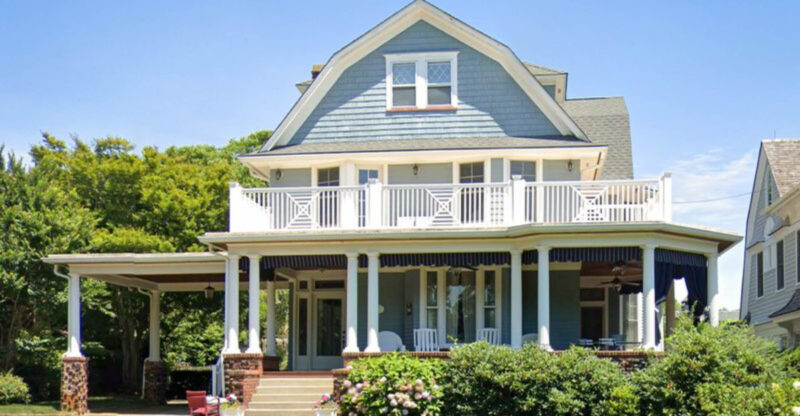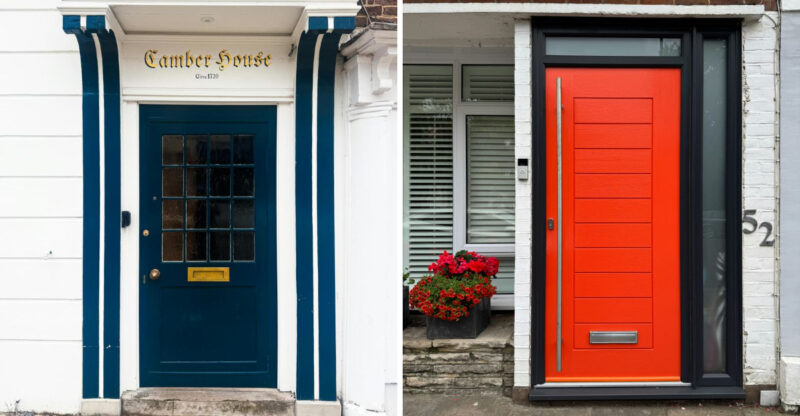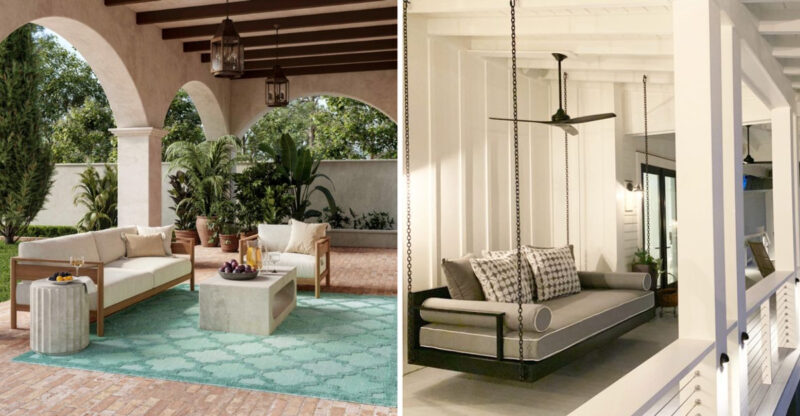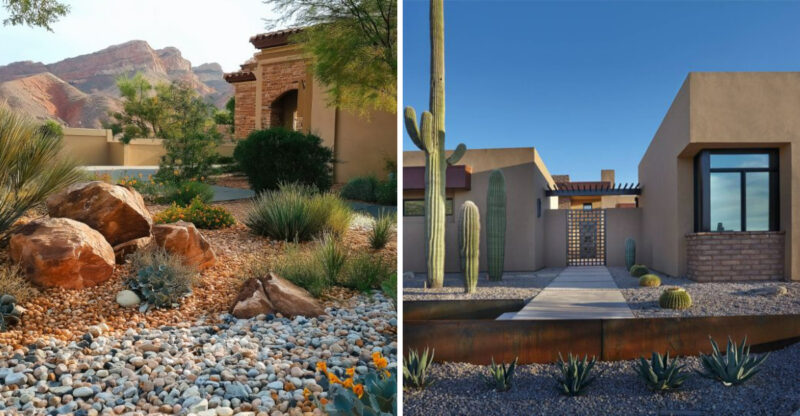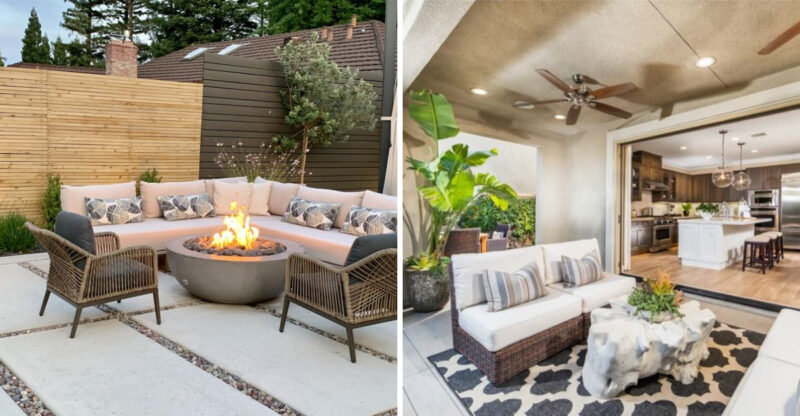12 Backyard Mistakes Decreasing Your Home’s Value
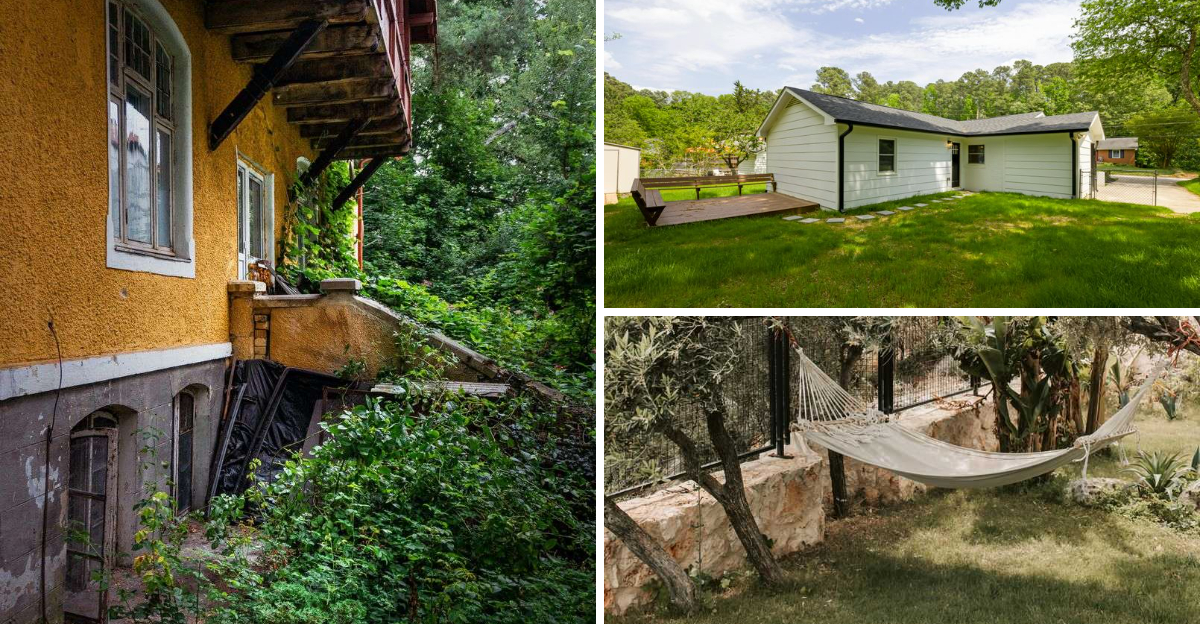
Think your backyard is just “extra space”? Think again. From patchy grass to forgotten furniture, the little things outside your home can quietly chip away at its value.
Whether you’re prepping to sell or simply want to boost curb appeal, avoiding a few common mistakes can make a big difference.
I’ll walk you through some common backyard missteps that might be hurting your home’s worth, and how to fix them. Impact on home value may vary based on location, market trends, and property condition.
1. Water Puddle Paradise
Nothing sends buyers running faster than discovering your yard transforms into a mini-lake after rain. Poor drainage isn’t just unsightly, it threatens foundations, creates breeding grounds for mosquitoes, and destroys grass.
The muddy mess signals expensive future repairs. Proper grading away from your home and strategic drainage solutions like French drains can transform a swampy nightmare into an asset rather than a liability.
2. Wilted Plant Corner
Dead plants tell a story, and it’s not a happy one! Brown patches, withered trees, and crispy shrubs scream neglect to potential buyers.
They immediately wonder what else might be dying around the property. Healthy greenery signals proper maintenance and care throughout the home.
Replace deceased vegetation with climate-appropriate options that thrive in your region without excessive maintenance or water requirements.
3. Pitch-Black Nightscape
Where’s the flashlight? A dark backyard isn’t just uninviting, it’s a missed opportunity to showcase your property’s full potential.
Lack of outdoor lighting limits usable hours and raises security concerns for potential buyers. Strategic lighting transforms ordinary spaces into magical nighttime retreats while highlighting architectural features and landscaping.
Even simple solar path lights can dramatically improve evening appeal without complicated wiring.
4. Broken Pathway Obstacle Course
Cracked walkways aren’t just eyesores, they’re a lawsuit waiting to happen! Uneven surfaces create tripping hazards that make buyers imagine hospital visits instead of garden parties.
Damaged pathways signal neglect and immediately get added to the mental renovation list. Repairing or replacing crumbling concrete, wobbly pavers, or splintered wooden walkways offers one of the best returns on investment for backyard improvements, instantly boosting curb appeal and safety.
5. Home For Unloved Furniture
How old is that rusty chair? Faded cushions, broken furniture, and weather-beaten pieces transform potential entertainment spaces into sad outdoor storage areas.
Buyers see work, not relaxation. Outdoor furniture should enhance your space, not detract from it.
Even budget-friendly, clean options create positive impressions compared to expensive but deteriorating pieces that suggest the entire property might be similarly neglected.
6. Fence In Distress
If your fence is leaning like the Tower of Pisa, buyers notice! Damaged, rotting, or outdated fencing creates an immediate negative impression before people even enter your home.
Fences frame your property and set expectations for what’s inside. Warped boards, missing sections, and peeling paint suggest poor maintenance throughout.
Fresh paint or stain on existing fencing offers tremendous value, while replacing severely damaged sections prevents your property from looking abandoned.
7. All Yard, No Living Space
Where exactly am I supposed to relax here? Backyards without defined living areas feel incomplete to today’s buyers who expect outdoor rooms, not just grass.
Creating designated zones for dining, lounging, or entertaining doesn’t require expensive renovations. Simple paver patios, gravel seating areas, or decking dramatically increase perceived value.
Buyers now shop for lifestyle potential, and blank green canvases don’t help them envision their future barbecues.
8. Concrete Jungle
Did someone forget nature? Excessive hardscaping without softening greenery creates an institutional, unwelcoming atmosphere that repels rather than attracts.
All-concrete yards feel hot, stark, and uninviting. Balance matters, even minimal strategic plantings in containers can warm up oversized patios.
Buyers increasingly value sustainable, environmentally-friendly landscapes that include permeable surfaces and natural elements rather than heat-radiating concrete deserts.
9. Swamp Feature (Not Water Feature)
Is that a pool or a science experiment? Neglected water features with murky water, broken pumps, or cracked surfaces transform luxury elements into eyesores and potential health hazards.
Algae-filled ponds and stagnant fountains suggest expensive problems. Functioning water features add tremendous value, but non-functioning ones subtract even more.
Sometimes removing a deteriorated water feature entirely proves more valuable than keeping a problematic one.
10. Fishbowl Effect
Hello, neighbors! Without adequate privacy screening, your backyard feels like a public performance space rather than a personal retreat.
Buyers value private outdoor sanctuaries where they can relax without feeling watched. Strategic placement of trees, tall grasses, pergolas with climbing vines, or decorative screens creates intimate spaces without fortress-like walls.
Privacy solutions that double as visual enhancements offer the best return on investment!
11. Patchy Lawn Syndrome
What happened here? Spotty grass with bare patches and weeds creates an immediate impression of neglect that extends to the entire property.
A healthy lawn acts as the canvas for your entire landscape. Inconsistent watering, improper mowing height, and lack of seasonal care result in embarrassing bare spots.
Proper soil preparation, appropriate seed selection for your climate, and regular maintenance transform a patchy disappointment into a lush asset.
12. Jungle-Like Landscaping
Ever walked past a house where the plants seem to be plotting a takeover? Overgrown shrubs and untamed trees make your property look neglected and smaller than it actually is.
Potential buyers immediately see weekend work rather than weekend relaxation. Regular pruning keeps things looking intentional rather than abandoned, while strategic trimming can actually make your yard appear larger and more inviting.

